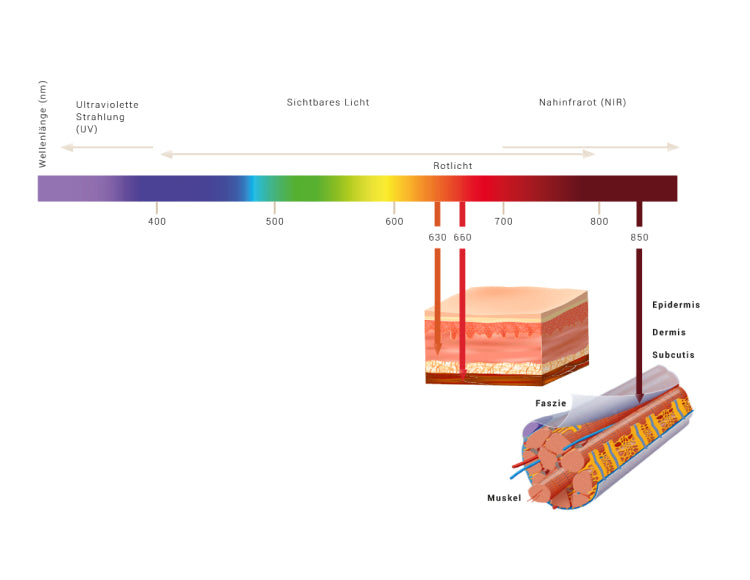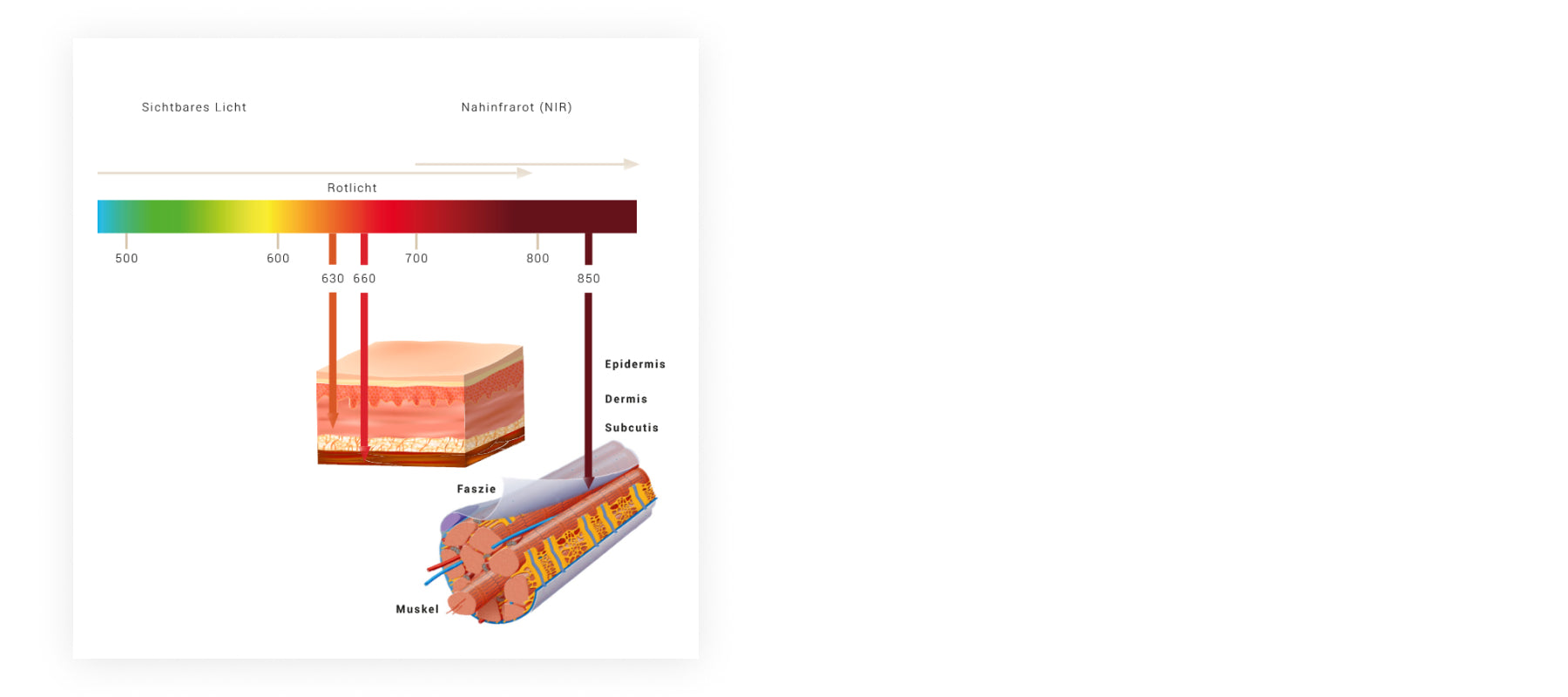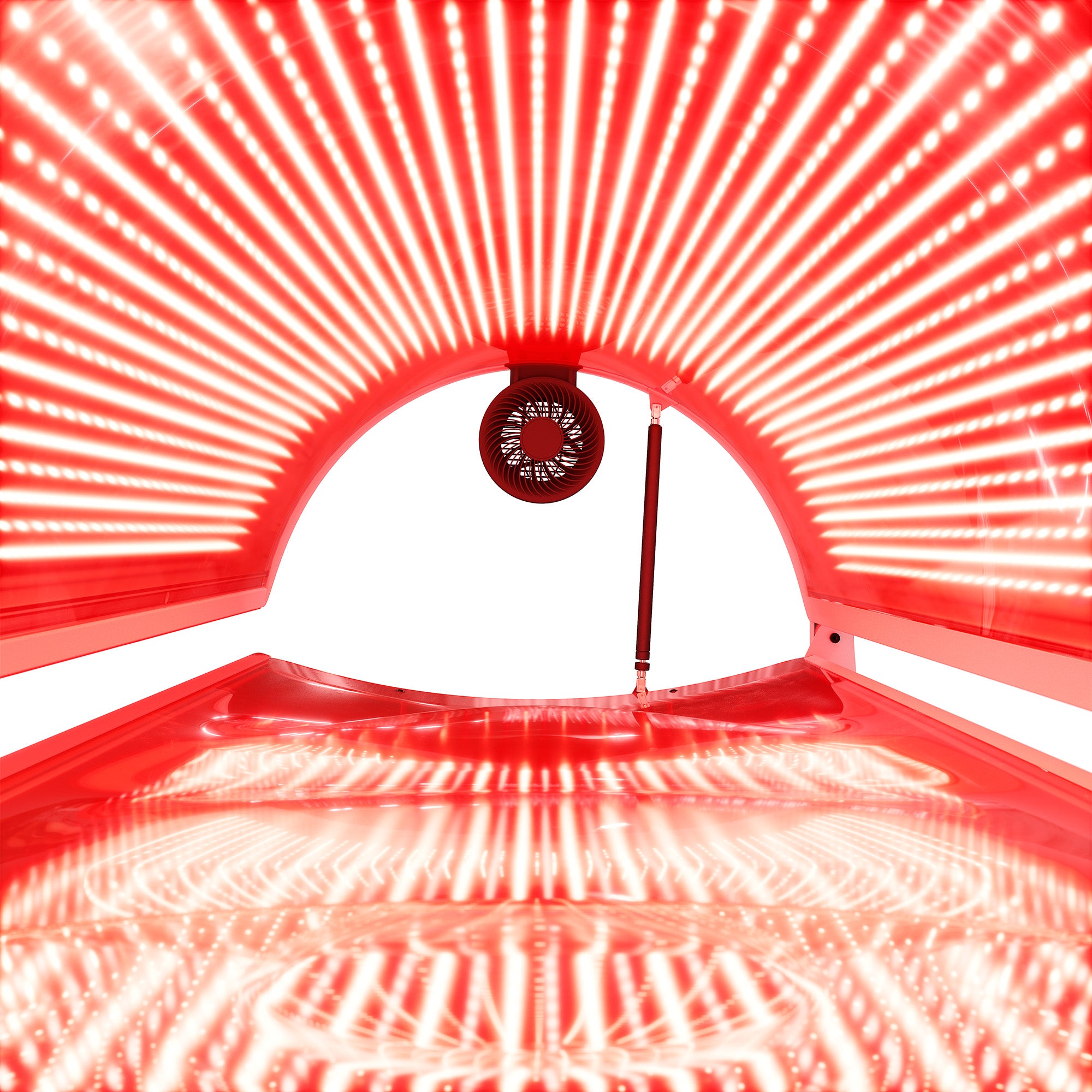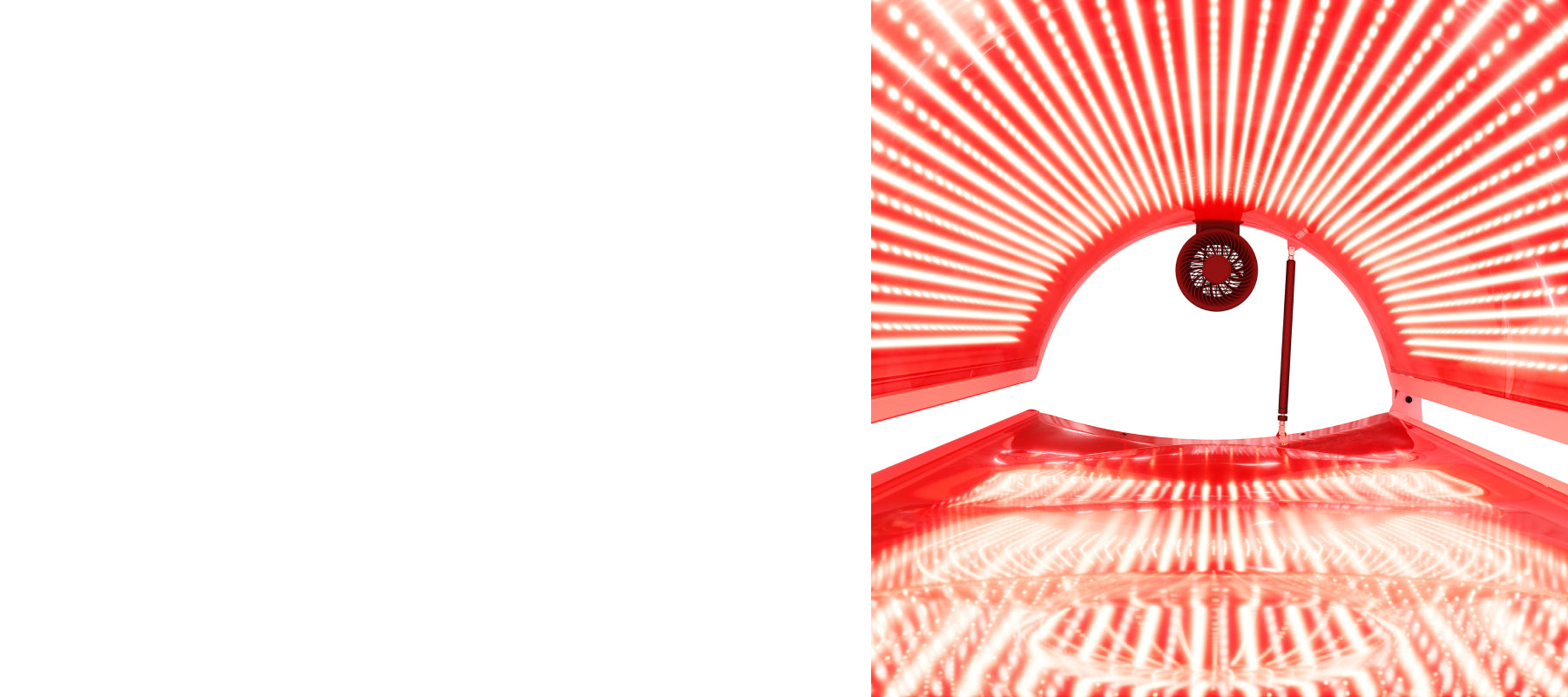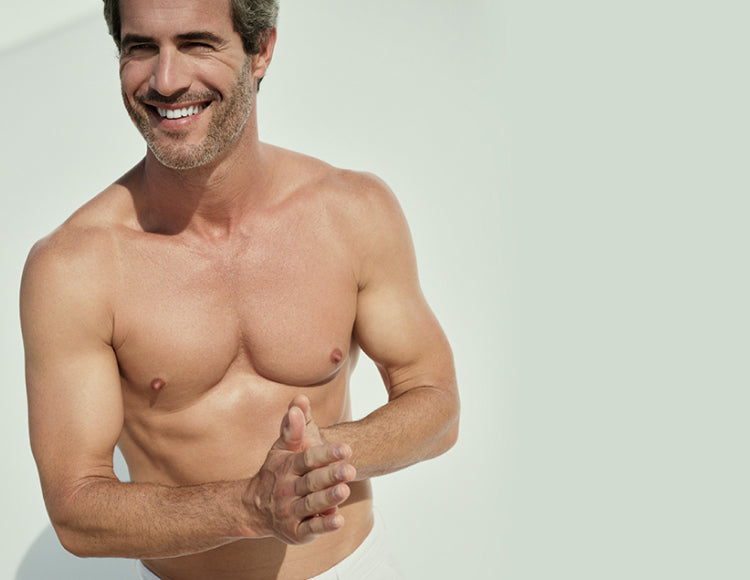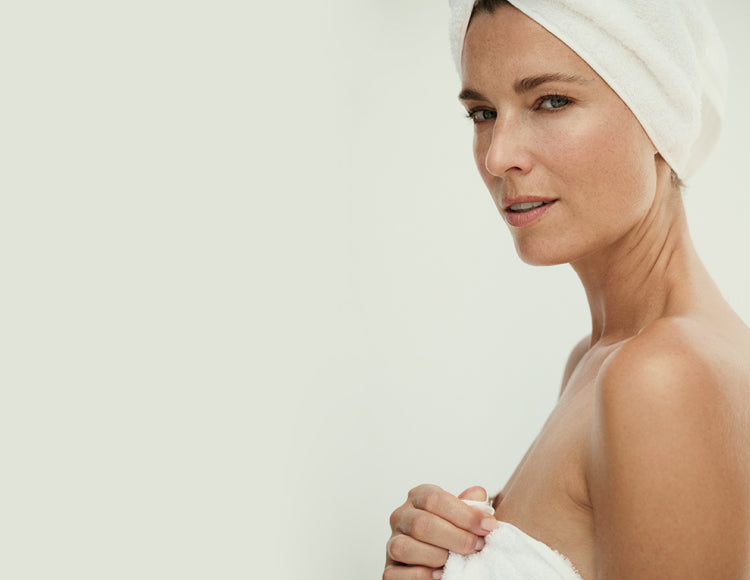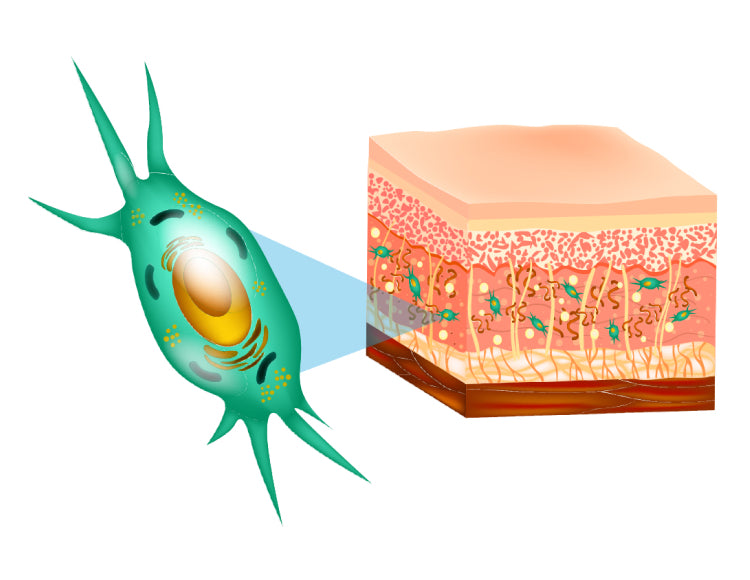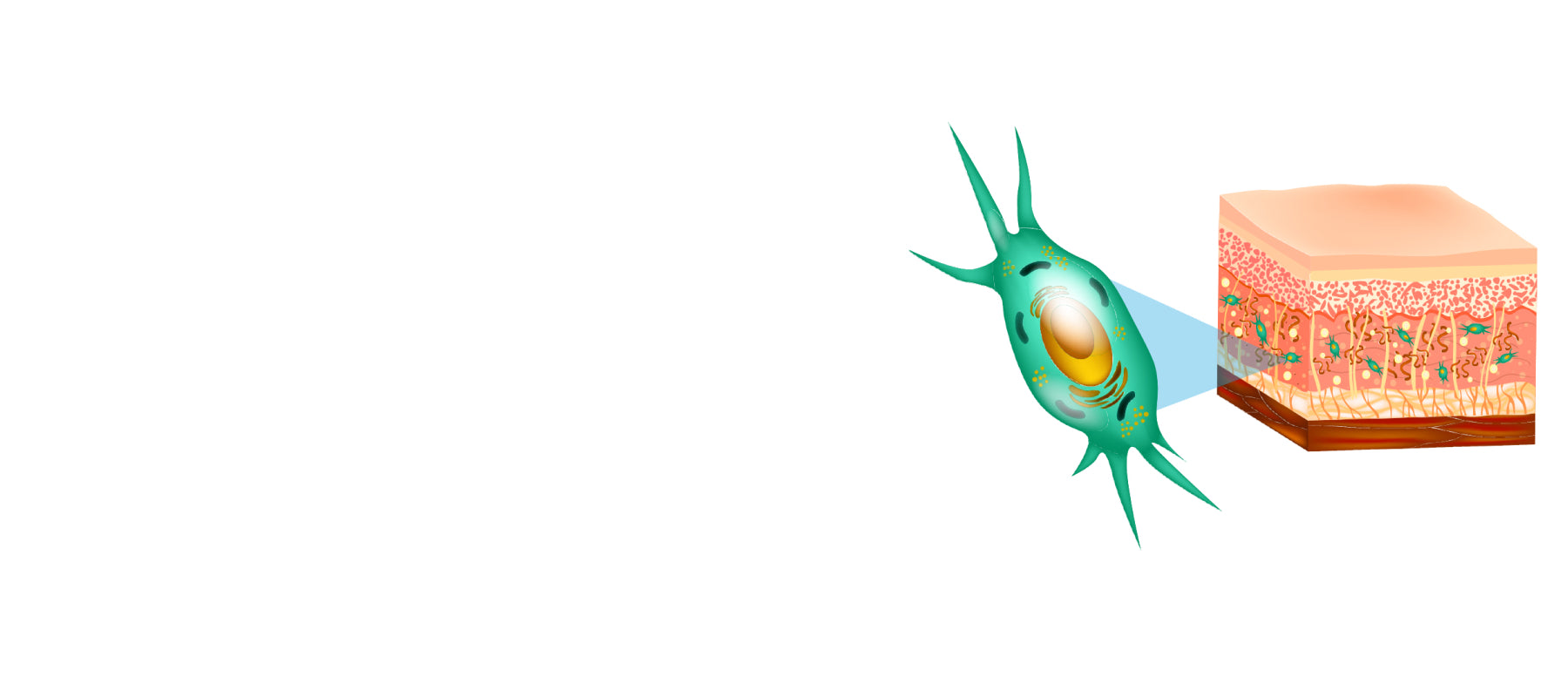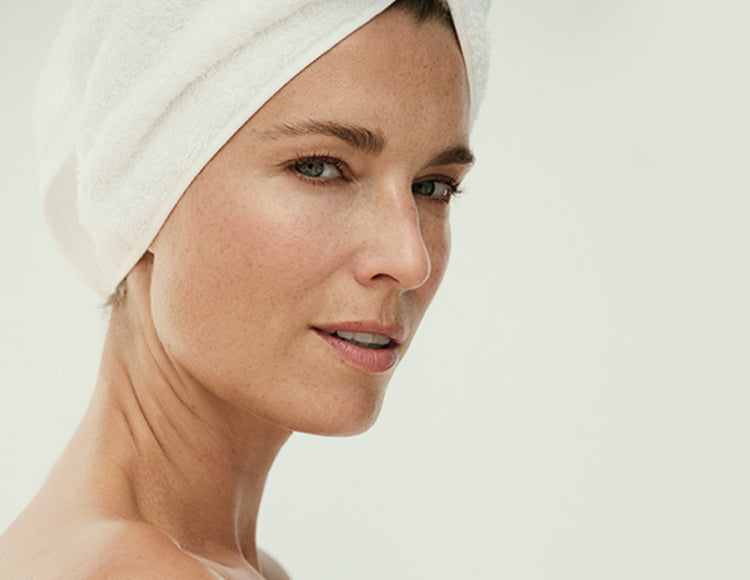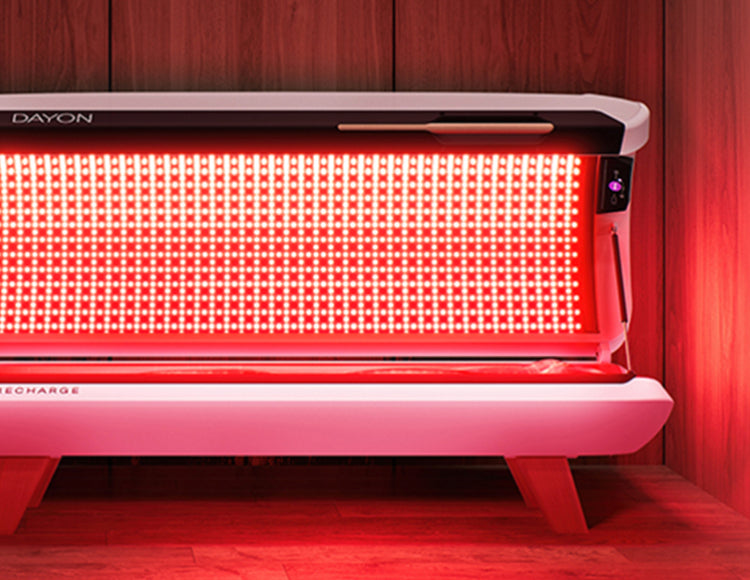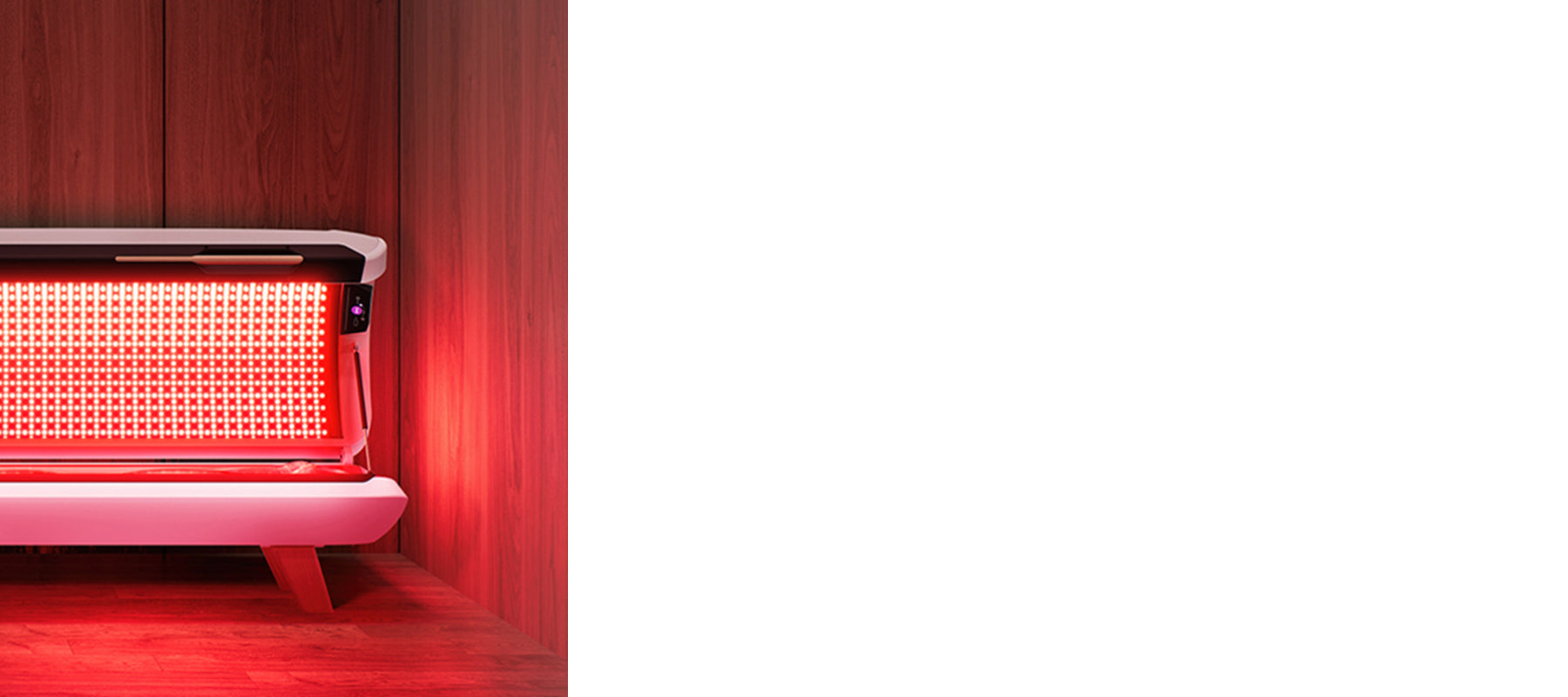How red light and near-infrared work
Humans have a long history of using light to promote good health. Even inhabitants of the ancient world used to use sunlight to improve their performance or treat illnesses. In the 1990s, NASA discovered the healing effects of red light and have used it ever since, primarily to treat wounds.
There are now hundreds of scientific studies that confirm the positive effects that red light treatment can have on performance, regeneration and the health of our skin. Its proven effects include the creation of collagen, improvements to metabolism and blood flow, and increased ATP production.
An extra effective spectrum of light
In the medical world, the positive effects that red light and near-infrared can have on cells and organisms are often referred to as red light therapy, photobiomodulation, photobiostimulation or low level light therapy (LLLT).
Systemic effects of full-body treatment
Originally, red light and near-infrared were applied locally as there were no devices available for them to be used on a broader scale. Thanks to the development of new light technology, systemic results can now also be achieved in addition to local effects. Potential systemic effects include, for example, the increased production of ATP (adenosine triphosphate) in mitochondria, effects on antioxidants and improved blood flow. These systemic results support local effects.
· Sport: Enhanced performance and quicker regeneration
· Well-Aging: Reduced physical signs of ageing
· Skin care: Improved complexion and “younger looking” skin
· Quality of life: Restorative sleep and more energy for day-to-day life
Sport: Enhanced performance and quicker regeneration with red light
For the areas of sport and physiotherapy, red light is used in combination with near-infrared as these fields are looking to achieve both surface-level and deeper systemic results. Treatment can enhance performance, prevent muscle fatigue and accelerate regeneration. In particular, tissue, fascia and bone tissue benefit from the increased production of collagen.
Areas where red light and near-infrared can be used in sport and physiotherapy:
• Pre-conditioning of muscles, bones, fascia and joints
• Enhanced performance thanks to improved blood flow and more ATP
• Quicker regeneration after sport thanks to the breakdown of lactic acid
• Support during massage and physiotherapy thanks to deeper effects
Support during massage and physiotherapy thanks to deeper effects
Nobody is claiming that red light treatment can turn back the clock – however, regular use can help us to age in a fitter and healthier way, and enhance our quality of life. As we age, we experience a steady decline in our blood flow, metabolism, ability to regenerate, the flexibility of our tissues and blood vessels, and cell division.
Almost all signs of ageing are linked to the decreasing activity rates of mitochondria. These “cellular power houses” form the molecule ATP, which supplies energy to our bodies. Red light and near-infrared reduce the signs of ageing particularly by activating mitochondria to produce ATP, increase blood flow and metabolic rates, and also optimise cell regeneration.
Skin care: Improved complexion and “younger looking” skin with red light
Cosmetic experts and dermatologists have already been using red light for a number of years to reduce the causes of skin ageing in a natural way and improve the complexion (“beauty light”). This type of light has a regenerative effect on the skin and increases natural collagen production, elastin synthesis and metabolism within skin cells, which can reduce wrinkles and improve the complexion as a whole.
Unwanted spots of pigmentation and skin discolouration can be reduced as red light is able to regulate melanin production, thereby promoting the brightening of hyperpigmented skin. In contrast, areas of skin with too few pigments are encouraged to produce the missing pigment.
Safe treatments without any side effects
In contrast to invasive beauty treatments, such as chemical peels, micro-dermabrasion, micro-needling or injections, the skin is not damaged during light treatments. Light treatments are safe, pain-free and, when used correctly, have no side effects. Beauticians also activate the skin to improve the application of cosmetic substances.
Fibroblasts (connective tissue cells) produce collagen, elastin and hyaluronic acid, which are responsible for making skin taut, elastic and full-looking. From the age of just 25, the metabolic rates of our fibroblasts begin to slow down, reducing collagen content by an average of 1% a year. Red light activates our fibroblasts and increases the body’s production of collagen and elastin. This tightens the skin, reducing fine lines and wrinkles. As a result of these effects, red light is also often referred to as collagen light or beauty light.
Quality of life: Restorative sleep and more energy for day-to-day life
Fatigue, exhaustion, lack of motivation and weight gain are typical symptoms of the winter blues. When the days are shorter, red light and near-infrared can generate energy and activate the body to counteract the effects of winter fatigue and a lack of motivation.
For sleep disorders, red and near-infrared light can help to improve your quality of sleep. When exposed to light, our bodies create the “happiness hormone” serotonin and then create the “sleep hormone” melatonin when it is dark, which regulates our sleep-wake cycles. In particular, exposure to blue light from smartphones and screens in the evening can have a negative impact on our quality of sleep as this can impair the production of the sleep hormone melatonin. Red light can help to regulate the body’s natural chrono-biological functions and melatonin production to improve our sleep. After a restorative sleep, we are more productive and have more energy for the day ahead. If you are suffering from jetlag, light can also help to get your natural biorhythm back on track, so that you feel fit and ready for action again.
Find out more about the effects of red light and near-infrared
Keen to find out more about the effects of red light and near-infrared?
We would be happy to send you a selection of white papers and studies about the effects of red light and near-infrared.



